Fish Fight Part 2: Fighting Strategies
There are 3 phases in fighting strategy from hooking to landing. We are fighting with a light line, light wired hooks, small rings, and a crispy light rod. SPJ tries to maximize the jigging potentials with the lightest possible tackle. We don’t have much margin.
Characteristics of SPJ which affects the fighting strategies are:
- We are fishing with a very light tackle. We can’t just try to overpower the fish. We need to negotiate.
- We pick up more bites near the bottom. The fish is likely to be the kind that runs down into the rocks
Phase 1: Near Bottom

Up to 20m from the bottom
This is where you pick up the most bites. What you have to watch out for is to avoid rocks. The cods and groupers go straight back down to the bottom. Amberjacks also dive down and run between ridges. So do dogtooth tunas.
If your PE touches the rock, that will be the end. Any friction can easily break PE line, no matter how heavy PE line you use. If the fish goes into the rocks and fortunately PE doesn’t touch the rocks, the fish will just stick there and nothing can move it.
Always count your pitch
So that you always know how far you are from the bottom when you hit the fish. If you know how much margin you have, you can make decisions wisely how much pressure to put on the drag to stop the fish. You are playing between the risks of letting the fish run too far to reach the bottom and of going over the capacity of your line system.
If you don’t want to count how many reel turns you make during actions, just remember the color mark when you start your action from the bottom.
Focus until you peel it off the bottom
Phase 1 is the most risky area. The clutch time. If you parry the first run and the second run, and lift up 20m from the bottom, you are pretty much out of it. Usually it takes time for the big fish to start running flat-out. When you hit the fish, a lot of times you don’t know how big it is. It can be 10 seconds later, or even 30 seconds later, when the fish starts running with a tremendous force. So when you hook a hook, do not underestimate the size and try to retrieve as much as possible. Always. If you reel in 20 turns, then you can take it slow.
What if the fish runs close to the bottom?
You have 2 options.
One is to use thumbing and tightening the drag to stop the run, and pray that your system, your hook, your knots, your rings, your line and leader, would hold against the power of the fish.
Fight like Tai-Chi. When you have some distance from the bottom, and when the fish starts kicking, let the fish run for a moment as much as you can allow. Don’t try to stop it right away. Then use thumbing to stop and try to turn the head up. Unlike Tunas, most fish cannot run flat-out for a long time. They usually don’t have much stamina and the maximum speed can only last for several seconds at a time. It’s so important that you know where the bottom is. Let the fish run first. If you let the fish run for at least 3 seconds, there’s a chance that you stop and turn the head up.
The other option is, at the moment you figure you are putting the maximum load on your line system and still can’t stop the fish, you can free your drag and let go the line. When PE line is tensioned, a touch of anything edgy will cut the line. But if there’s no tension, it’s not that weak. Let the fish swim away free. It needs to be completely free. If the fish feels the tension, it may hide in the rocks. This is a risky choice of course, a last resort, but it’s better than cutting at the bottom and there’s a chance to bring the fight back on.
When the fish reaches the bottom, it will then swim horizontally, away from you. That is good for you. The fight is actually much easier when you have the fish away from you, and the line is diagonal alignment.
When you think is right, you can kick in the drag and bring the fight back on once more.
When the fish is going toward the bottom, you are in the tug of war in a straight line. All the competitive tension from opposite sides goes directly on the line. But when the fish swims away horizontally, it’s not the tug of war anymore. It’s rather very hard to keep the competition in certain direction. So the fish can’t swim “away” from you, instead, it swims “around” you. There won’t be much tension on your line. Also, the long line catches the water resistance and helps you to wear down the fish. Of course you are taking some risks that the fish might just stick to the rocks while free, or PE might catch the edges when you bring up the fight.
You have to make that decision in a few seconds.
What if the fish sticks to the bottom?
Nothing can move it. Even a small fish can really hang on to the rocks by hooking its gill cover to a rock so that it feels as though you are snagged. Don’t even try to move it, or you will be just damaging your leader against the rocks.
All you can do is to wait. Hold the line in your hand in a way that you are not giving tension but you would know right when the fish moves off the rocks. Try to station your boat directly above the spot.
Sato Sensei says it’s most likely that fish moves off the rocks at least once. Because the fish jumps to the first rock that it can reach, and then the fish moves to another one for a better hiding. When you feel the fish starts moving, crutch on and reel like crazy. With everything you got, peel off the fish from the bottom. You have only one chance. If you miss one time the fish moves, the fish won’t move from the second rock for a couple of days.
Once the fish is off the bottom, you can take it easy and loosen your drag because your leader has probably been damaged. The fish is probably a bottom fish who could not fight for long but just heavy.
I’ve done this twice myself. When the fish moved and I seized that moment, It’s such a great feeling of success that I couldn’t stop laughing!
Try to get contacts as far from the bottom as possible
The first thing you can do is to give 5 to 10 hi-speed lifts off the bottom after touch-down. That would be 4 to 8 meters up from the bottom. It’s a fast tempting lift and catches attentions from fish. Any fish can chase up that high.
Fast lift also takes out the line slack that has been loosened during the drop down, making the next jig actions really sharp. It’s very common that, right after the fast lifts, you get contacts in the next couple of actions.
Sometimes as you play your sequence, you feel a fish chasing your jig and trying to bite. When you feel that, gear up to fast lift for about 5 cranks. The fish is already on the chase. It won’t give up easily. It will keep chasing. It will make the bite. Get your jig to run away from the fish (from the bottom) 4 to 8 meters and then slow pitch to give moments for the bite. When the fish does make the bite, you have a substantial advantage with much more margin to the bottom. It doesn’t matter if you misinterpret the fish chase. When you doubt that something is funny with your jig’s movements, like suddenly not following your actions, like the jig suddenly feels light, or clicking to something where there shouldn’t be a rock, gear up for 5 fast lifts and see how it goes.
Phase 2: Mid-Water
After 20 meters off the bottom, keep reeling steadily and calmly. There is no rocks to cut the line, no gravity to change tensions. No rush. If the fish runs, let out the line. Don’t pull hard. Don’t loosen.
There is a risk that when the fight gets too long, the hook and the knots can become shaky. And with our light tackle, it will take time to reel in a big fish.
Important thing is that you stay calm and steady in lifting, and mindful in controlling your drag, not too tight, not too loose. Visualize Tai-Chi.
Phase 3: Near Surface
This is the second risky area of losing fish.
The line is short. A little movement of the fish sends big impacts to your system. Hooks can go off as they may have been extended. Knots can break as they may have been damaged.
Demersal fish can be quiet at the surface with the air bladder fully expanded with air. But the pelagic may still fight back at the surface. When the fish resists and the part of the body breaks out the surface, that sends tremendous impacts and changes of tensions.
You don’t want to lose the fish here right in front of your eyes. It’s too sad.
If the fish is still active at the surface, or if you think that the hooking isn’t good enough, that the fight has been too long, or that the line might be damaged, you should loosen your drag to the minimum. Changes of the tensions are what you watch out for at this stage. Try to guide the fish to the net with circling motion. Always circle the fish.
You also want to be careful never to hold up your highly-resilient sensitive slow pitch rod. It can break easily this way.
Hope the information helps you! Good luck!
Tags In
Related Posts
6 Comments
Leave a Reply Cancel reply
Categories
- 1. SPJ (57)
- 1-1. Principles (9)
- 1-2. Techniques (11)
- 1-3. Setup (17)
- 1-4. FAQ (19)
- 1-5. Tackles (3)
- 1-6. Video Gallery (2)
- 2. Other Offshore Games (5)
- 3. Fishing Report (105)
- 3-1. Totos (25)
- 3-2. Readers (72)
- 4. Fish Cooking (19)
- 4-1. Iki-Jime (3)
- 4-2. The Art of Sashimi (5)
- 4-3. Recipe (7)
- 4-4. Seasoning (3)
- 5. Fishing Charter (6)
- Fish (12)

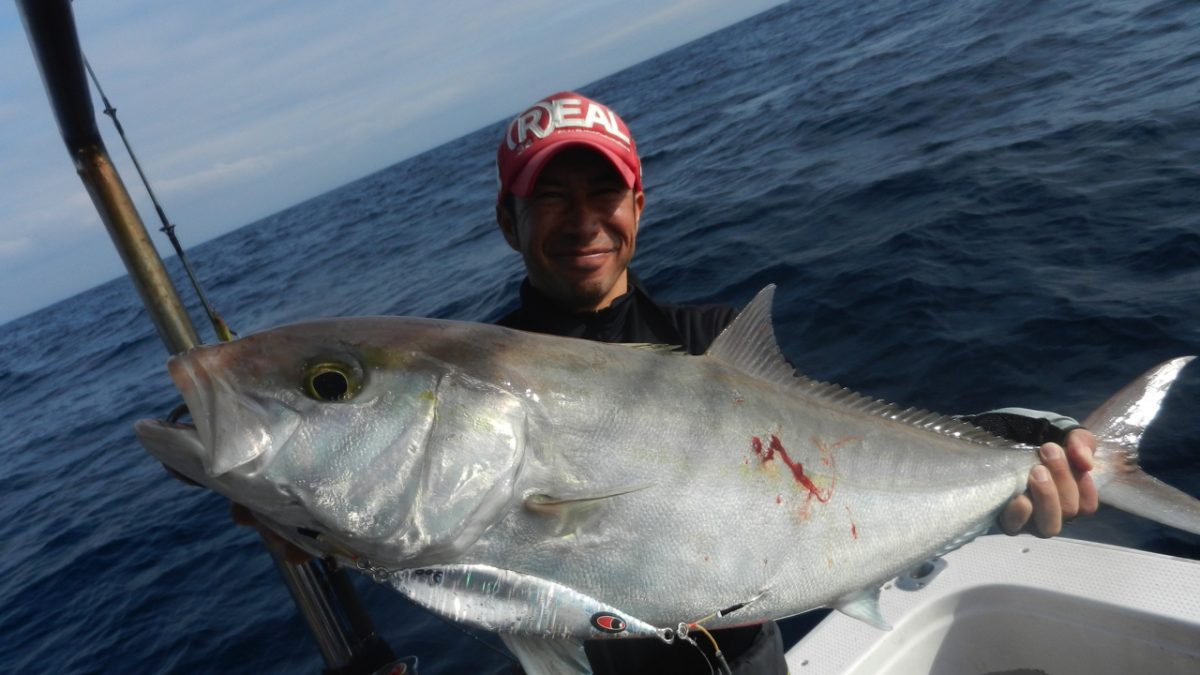
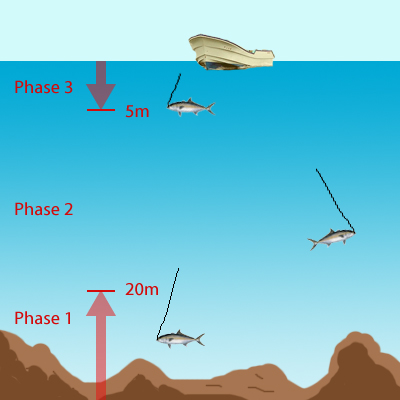
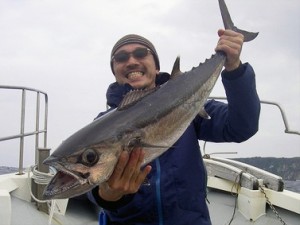

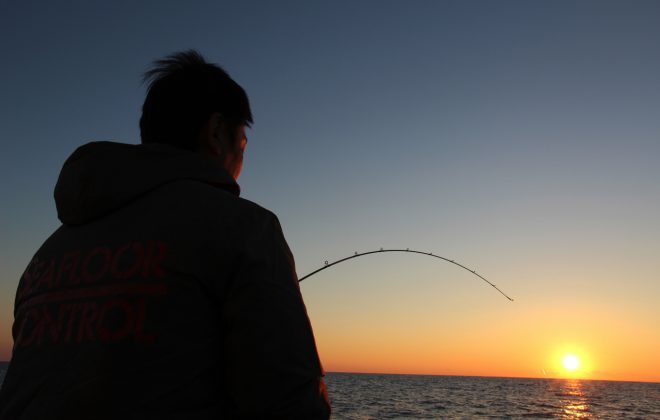
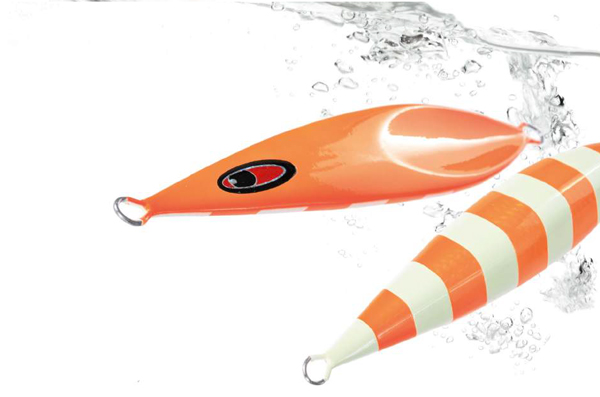
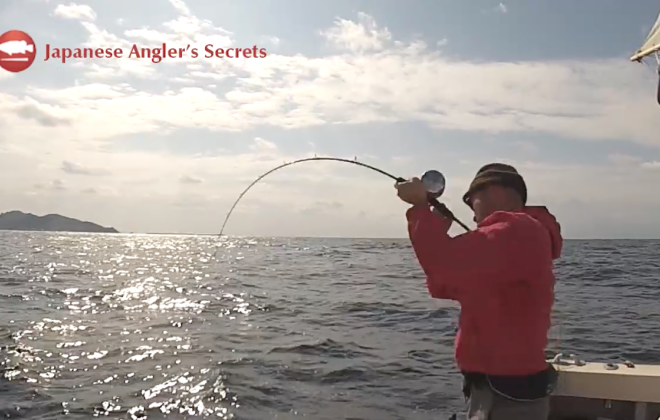
Hi, it is my first time using ocea 2000 which is star drag. Can we adjust the drag while the lever in on or while in the middle of the fight? Since in the lever drag system. We have to free spool before adjusting the drag.
Hi Emit.
Yes, you can adjust the star drag anytime, whether or not the crutch is on.
Hi this website is VERY usefull thanks for teaching us. The other day happened to me something strange
I was with the reel in strike position something big caught the lure i had to put the reel in full and it was still getting line , the fish was going down directly under the boat( reel is a Talica 10 2 speed) till the knot of the hook broke.what should i have done in that situation?
Hi Phil.
Are you saying it didn’t feel like a fish and you wonder what it could be? Or are you sure it’s a fish?
I don’t know how you tie your hooks. Was it tore? Was it cut? What do you think it broke before your knot to the ring?
Phil, this is a very good practice. You should examine very closely what caused the break. You have to be a good detective to improve your line system and your application.
Good luck.
Hi toto
Whats the best method to lifta fish that is too big to fit into a net onto the boat?
Would you use a gaff or lip gripper?
I recently lost 2 slow jigs by trying to lift fish by 30lb leader, fish shook its head and cut the line, it swam off with the slow jigs very expensive day.
Hi Edward.
Ouch… It’s very painful to lose your fish at the boarding. Especially with your jigs… I feel for you.
I would use a gaff.